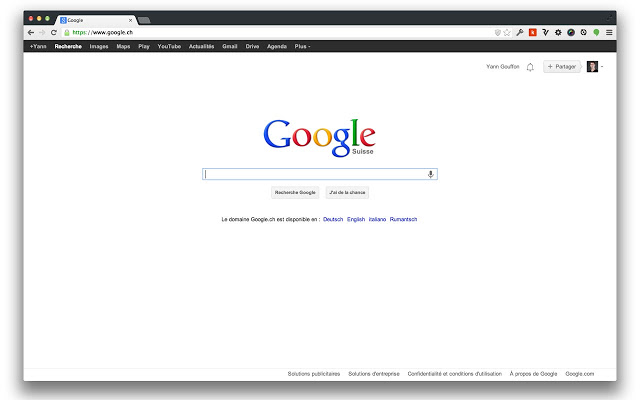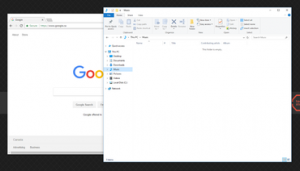The tech giant Google did not expect that an unannounced Chrome experiment would turn into a horrible mistake which would end up crashing browsers of at least thousands. The issue which caused massive outrage and affected several companies was first noticed on Wednesday, November 13.
Even though Google's misstep didn't impact all Chrome users, it affected the browsers running on Windows Server, terminal server setups which are common for enterprise networks. Reports revealed that at least hundreds of users complained that their Chrome tabs were going blank in what's called a "White Screen of Death" (WSOD) error.

This issue was so massive that system administrators at many companies mentioned that hundreds and thousands of their employees couldn't use the Chrome for regular work and were denied the access of the internet, as every time the browser kept going blank.
As reported by ZDNet, an employee at the retail company, Costco said, "This has had a huge impact for all our Call Center agents and not being able to chat with our members," and added that the company spent one and a half days to figure out the issue, which caused a very large financial impact on the company.
Many affected users filled complaints via Google's support forum, Chrome bug tracker and Reddit. One of the impacted system admin also thought that they might have attacked by a malware and then started network-wide security audits.
Here, it should be mentioned that recently as per a Kaspersky report, a researcher at the cybersecurity company found a zero-day vulnerability called the Operation WizardOpium, which can lead to the Google Chrome-powered devices completely taken over by hackers who could download malware directly into these devices. But the recent case is not related to the malware attack.
However, the Google team found the root cause of this bug and traced it back to a feature called "WebContents Occlusion." As mentioned by Google, "On Windows, ChromeOS and Linux, a WebContents covered by one or multiple window(s) behaves exactly like a fully visible WebContents. The goal of this project is to make it behave more like a hidden WebContents."

David Bienvenu, a Google Chrome engineer said that the Chrome issue was caused by an "experiment/ flag" which has been on in beta for five months. He added that "It was turned on for stable (e.g., M77, M78) via an experiment that was pushed to be released on Chrome Tuesday morning," but prior to that "it had been on for about 1% of M77 and M78 users for a month with no reports of issues, unfortunately."









